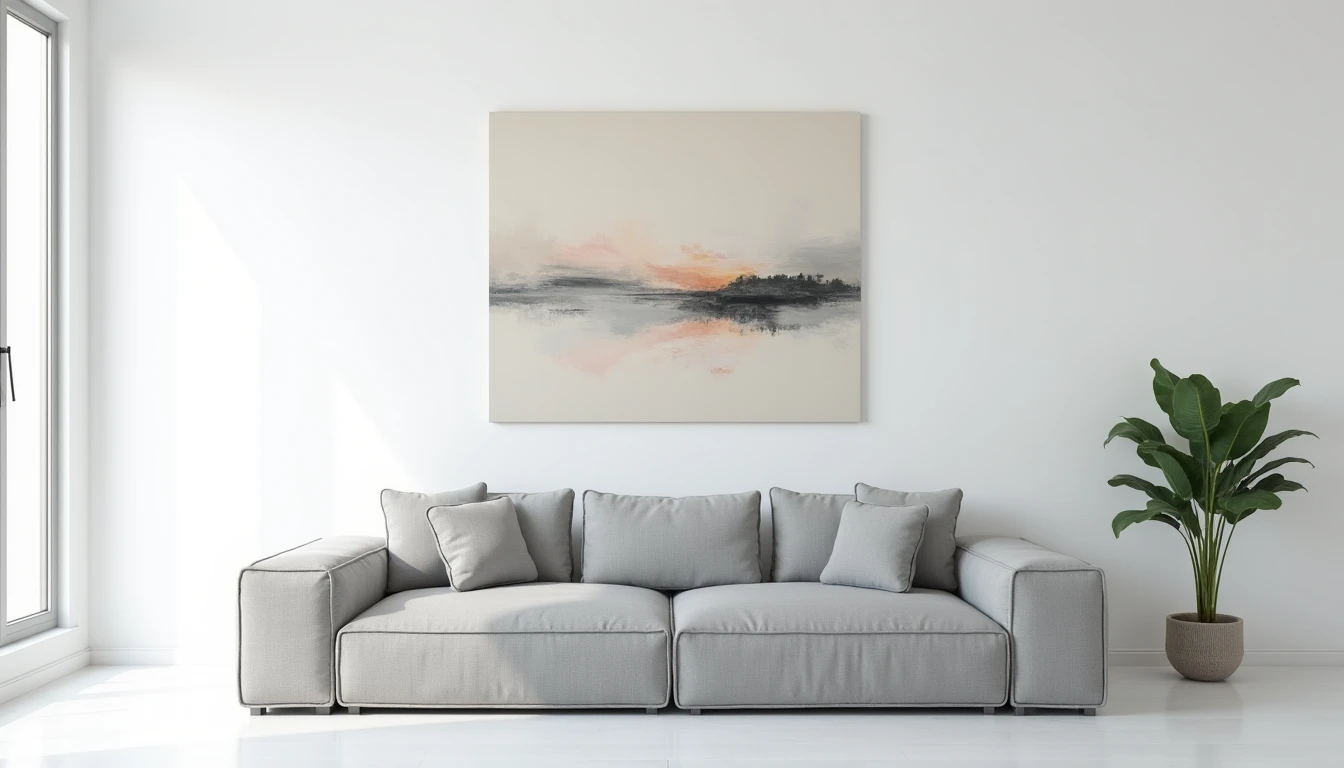In today’s fast-paced world, surrounded by an abundance of material possessions, many people struggle with feelings of stress, anxiety, and unhappiness. One solution that has gained popularity in recent years is the minimalist lifestyle, which emphasizes living with only what is essential and necessary. By creating a minimalist home environment, individuals can significantly improve their mental health and overall well-being. This article will explore the art of decluttering and provide guidance on how to transform your living space into a peaceful oasis.
The Power of Decluttering
Decluttering involves the process of removing unnecessary items from your home to create a more organized and functional living environment. By eliminating excess belongings, you can reduce stress and improve mental clarity. A cluttered space often reflects an overwhelmed mind, while a clean and minimalist home promotes a sense of calm and control.
When embarking on a decluttering journey, it’s essential to start with a plan. Begin by identifying the areas in your home that cause you the most distress or frustration. These may include overcrowded closets, disorganized drawers, or a messy bedroom. Once you’ve pinpointed these problem spots, set aside dedicated time to tackle them one at a time.
As you sort through your belongings, ask yourself two critical questions: “Do I use this item regularly?” and “Does this item bring me joy or serve a purpose in my life?” If the answer is no to both questions, it’s time to let go of the item. Be ruthless with your decision-making process; remember that every object you keep requires some level of maintenance, cleaning, or storage.

Minimalist Furniture and Design
Once you’ve eliminated unnecessary items, focus on curating a minimalist aesthetic for your home. Opt for furniture pieces that serve multiple purposes, such as a sleek sofa bed or a coffee table with built-in storage. Choose a color palette consisting of neutral shades like white, gray, and black to create a calming atmosphere.
When selecting decor, prioritize functionality over ornamentation. A few well-placed plants can add life and visual interest to your space without overwhelming it. Artwork should be minimalist in nature, featuring simple lines and bold colors that complement the overall design scheme.
Natural Lighting and Air Quality
Incorporating natural lighting into your home is essential for maintaining a sense of spaciousness and well-being. Keep windows clean and unobstructed to allow maximum sunlight exposure. Consider investing in sheer curtains or blinds that can be easily adjusted throughout the day.
Indoor air quality also plays a significant role in mental health and overall comfort. Regularly dusting surfaces, vacuuming carpets, and using air purifiers can help eliminate allergens and improve the air you breathe. Opening windows for ventilation on mild days can also help circulate fresh air throughout your living space.
Mindful Living Spaces
Create designated areas within your home that promote mindfulness and relaxation. A quiet meditation corner or cozy reading nook can become a sanctuary for unwinding after a long day. Choose calming activities, such as yoga or journaling, to engage in these spaces regularly.
Additionally, consider incorporating elements of nature into your minimalist design, such as a small indoor garden or a water feature like an aquarium or fountain. These natural touches can help create a sense of harmony and balance within your home environment.
By embracing the principles of minimalism and decluttering, individuals can create a living space that promotes mental clarity, stress relief, and overall happiness. The process may require time, effort, and a willingness to let go of unnecessary possessions, but the benefits for one’s well-being are immeasurable. Remember, every object in your home should serve a purpose or bring you joy – anything less is simply weighing you down. Embrace the art of living with less and experience the profound transformation that a minimalist lifestyle can offer.





